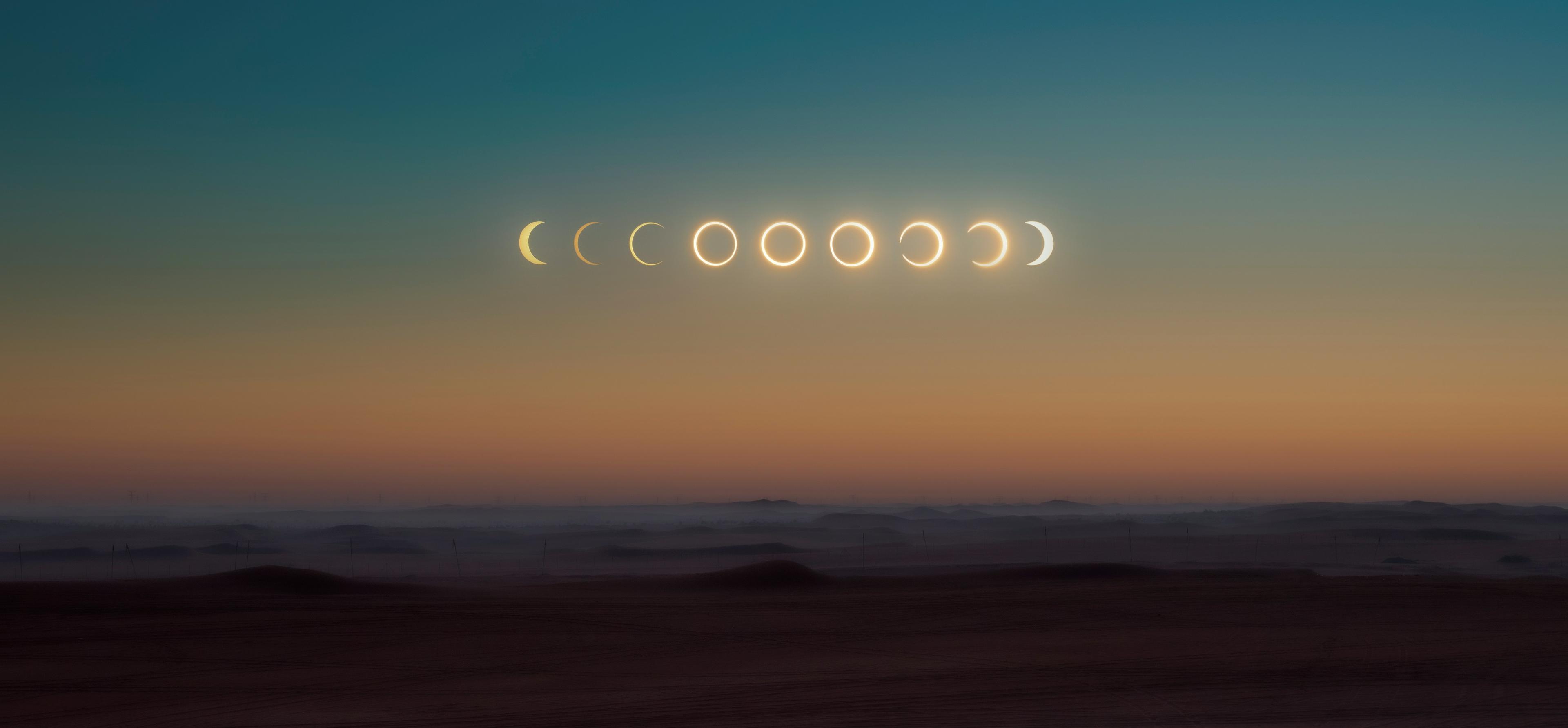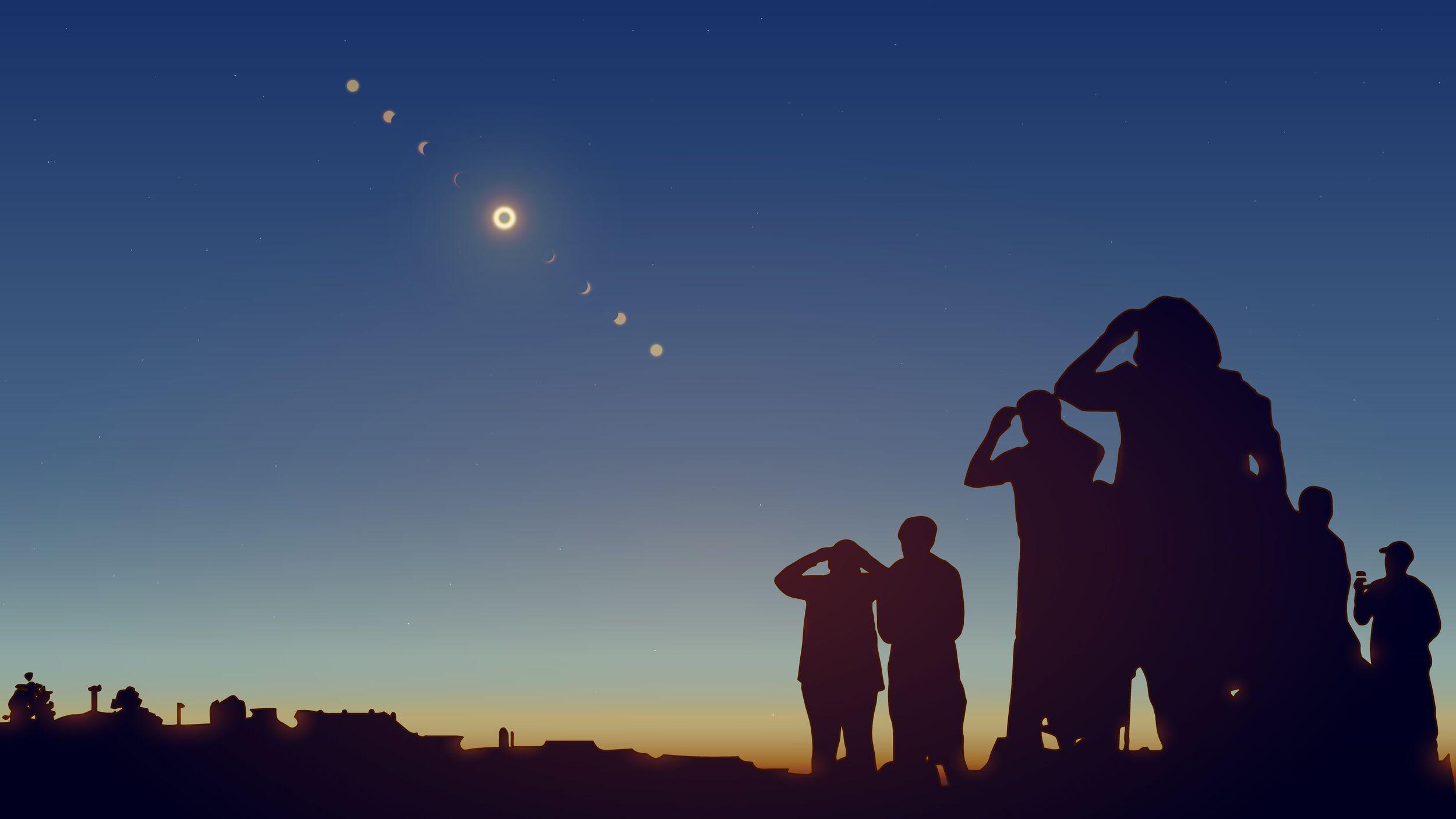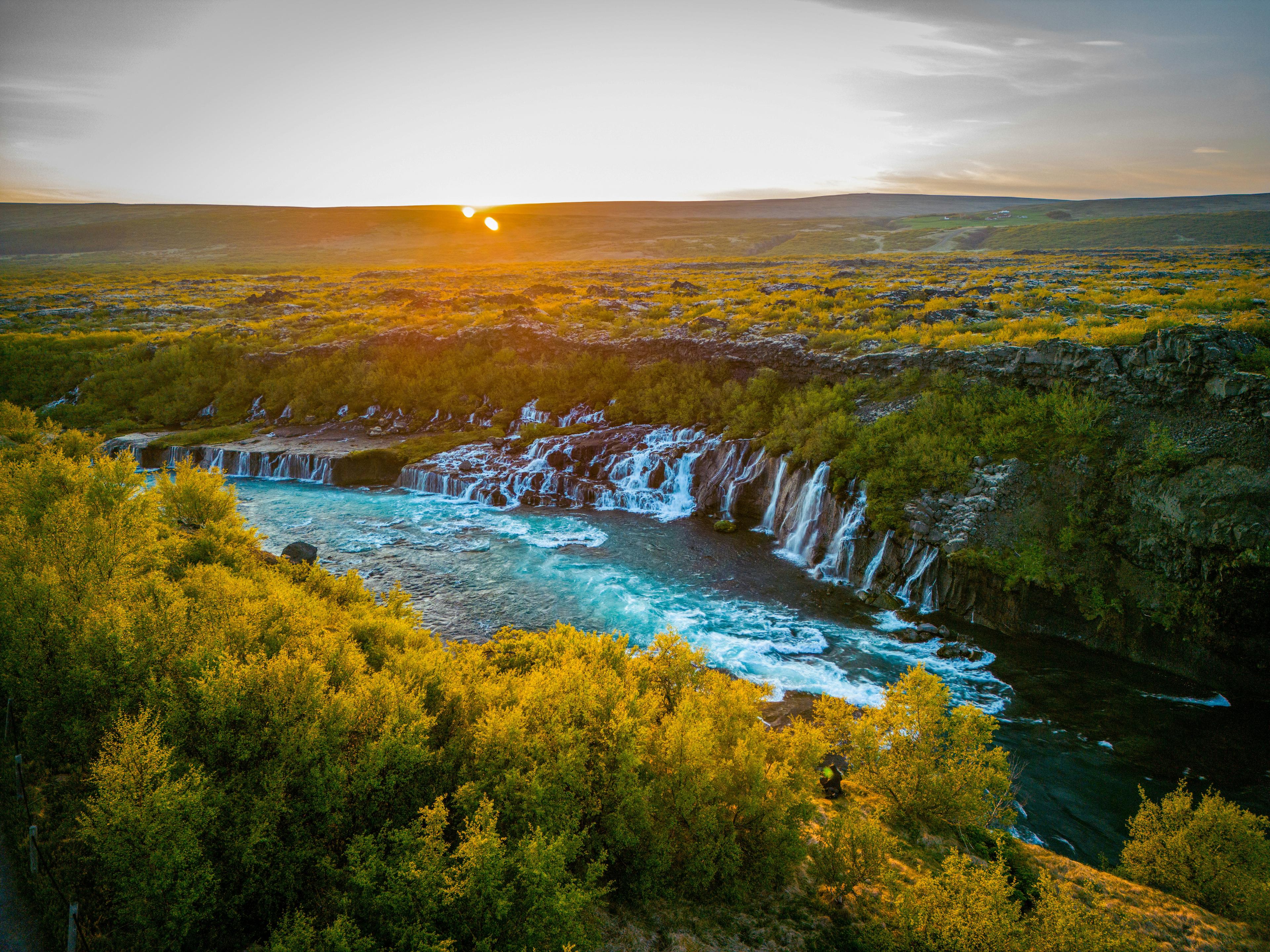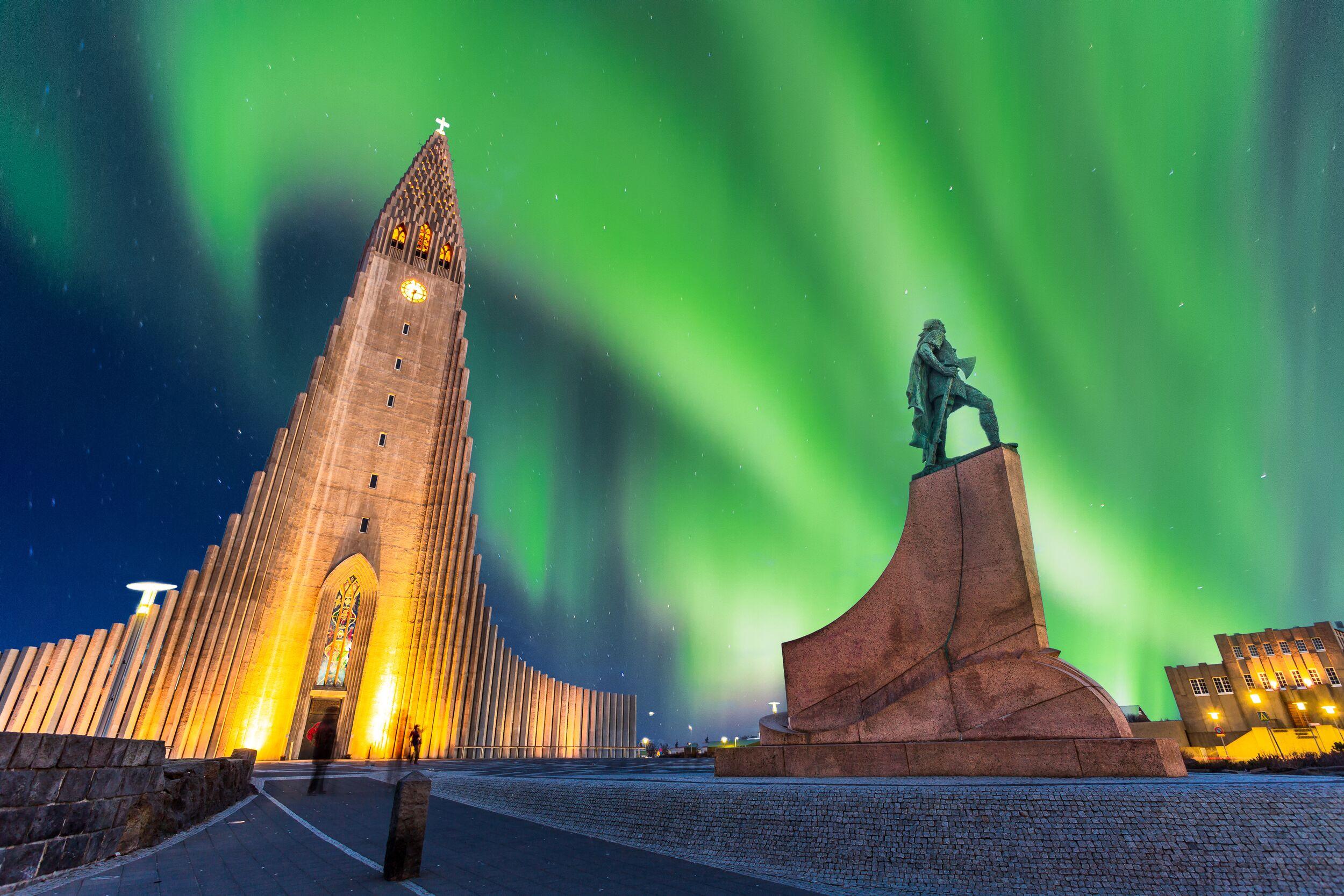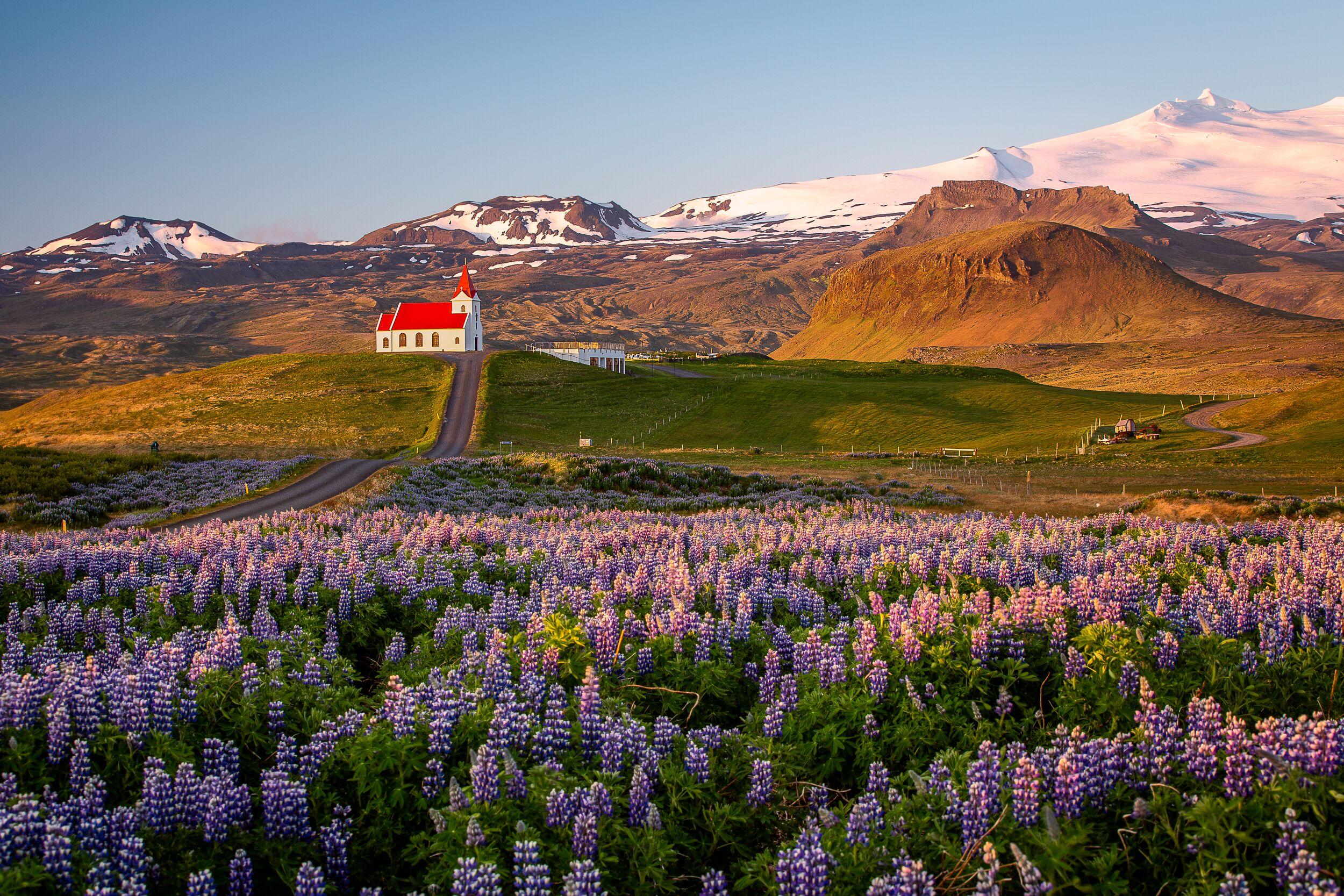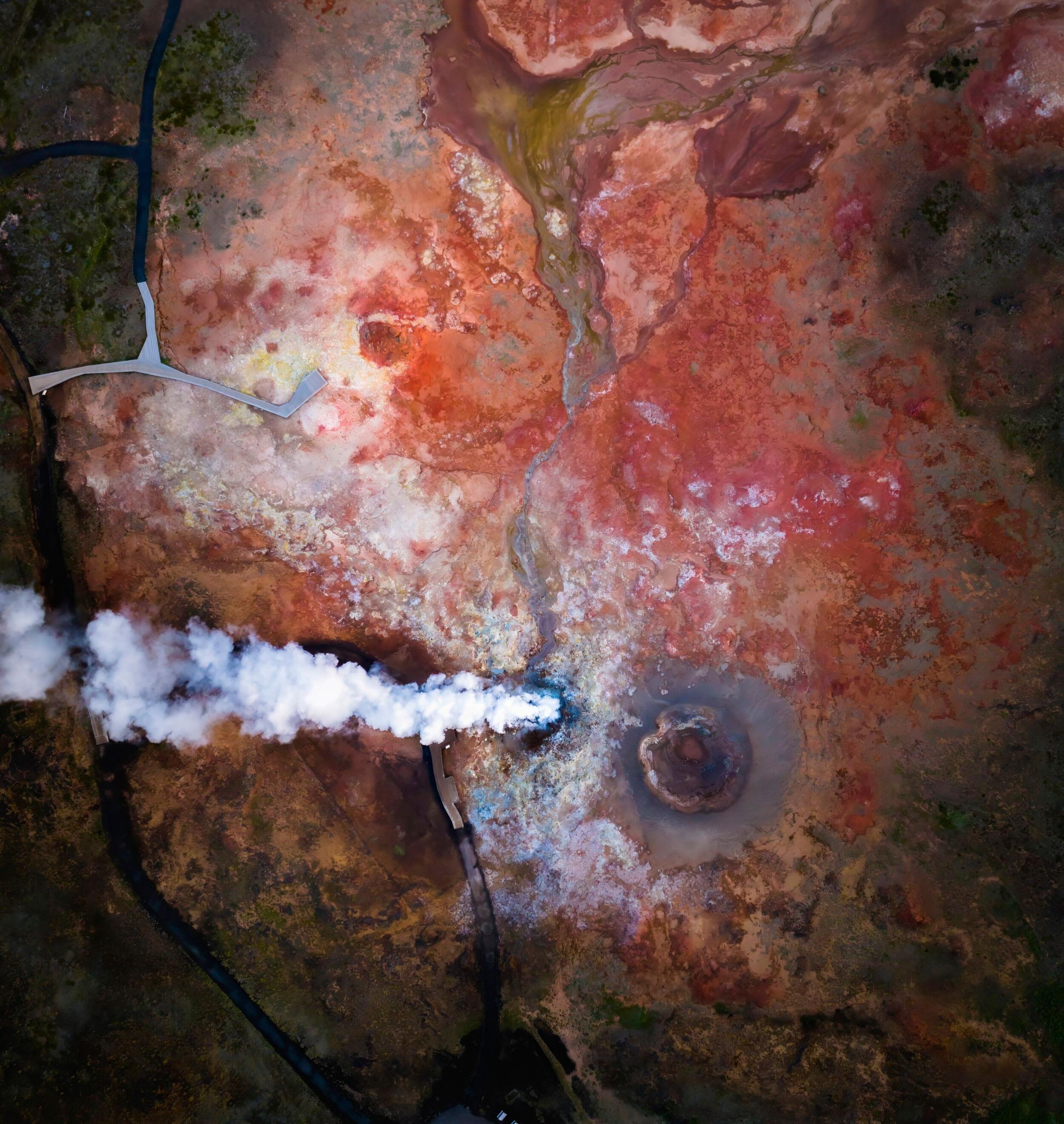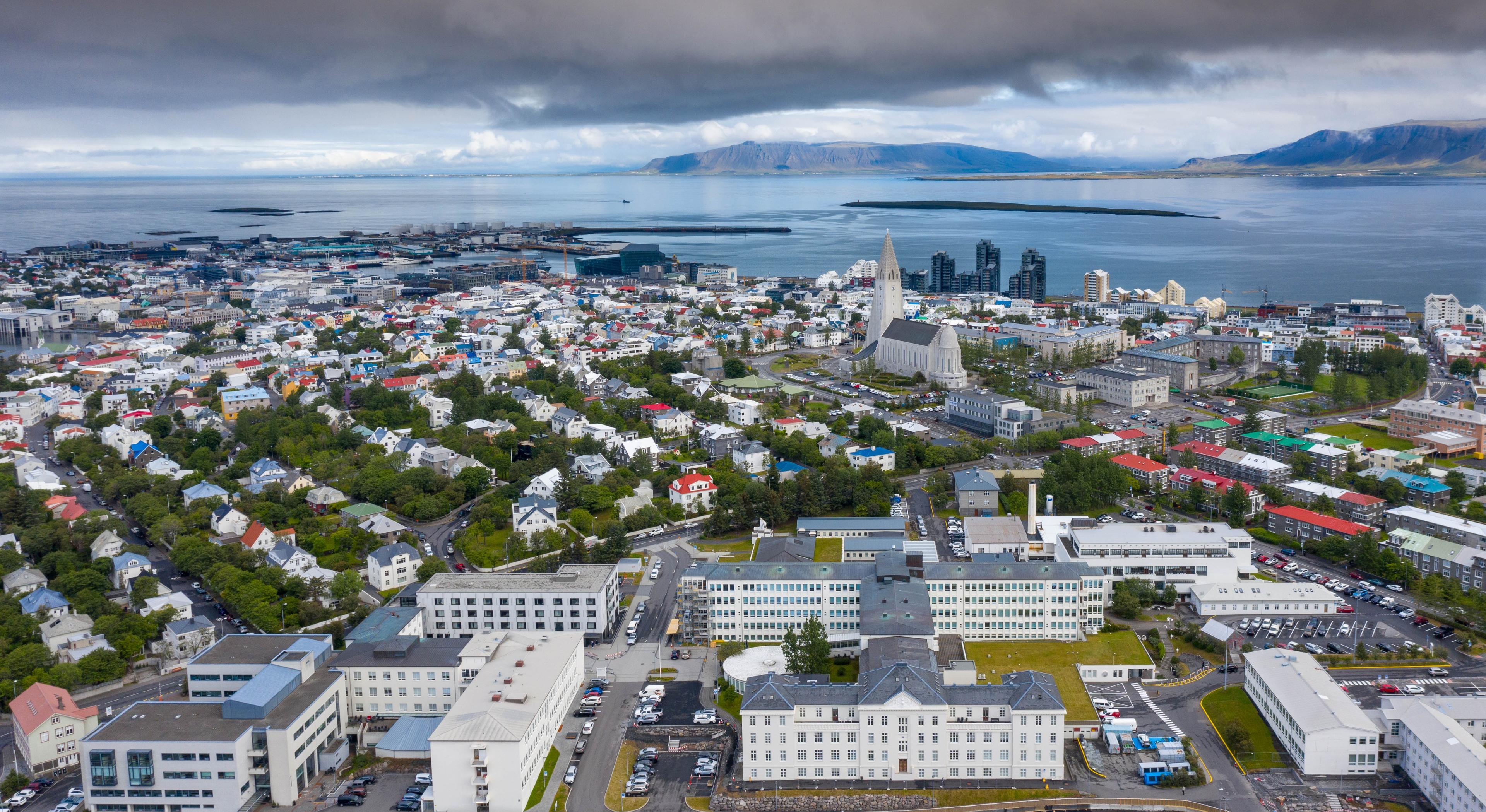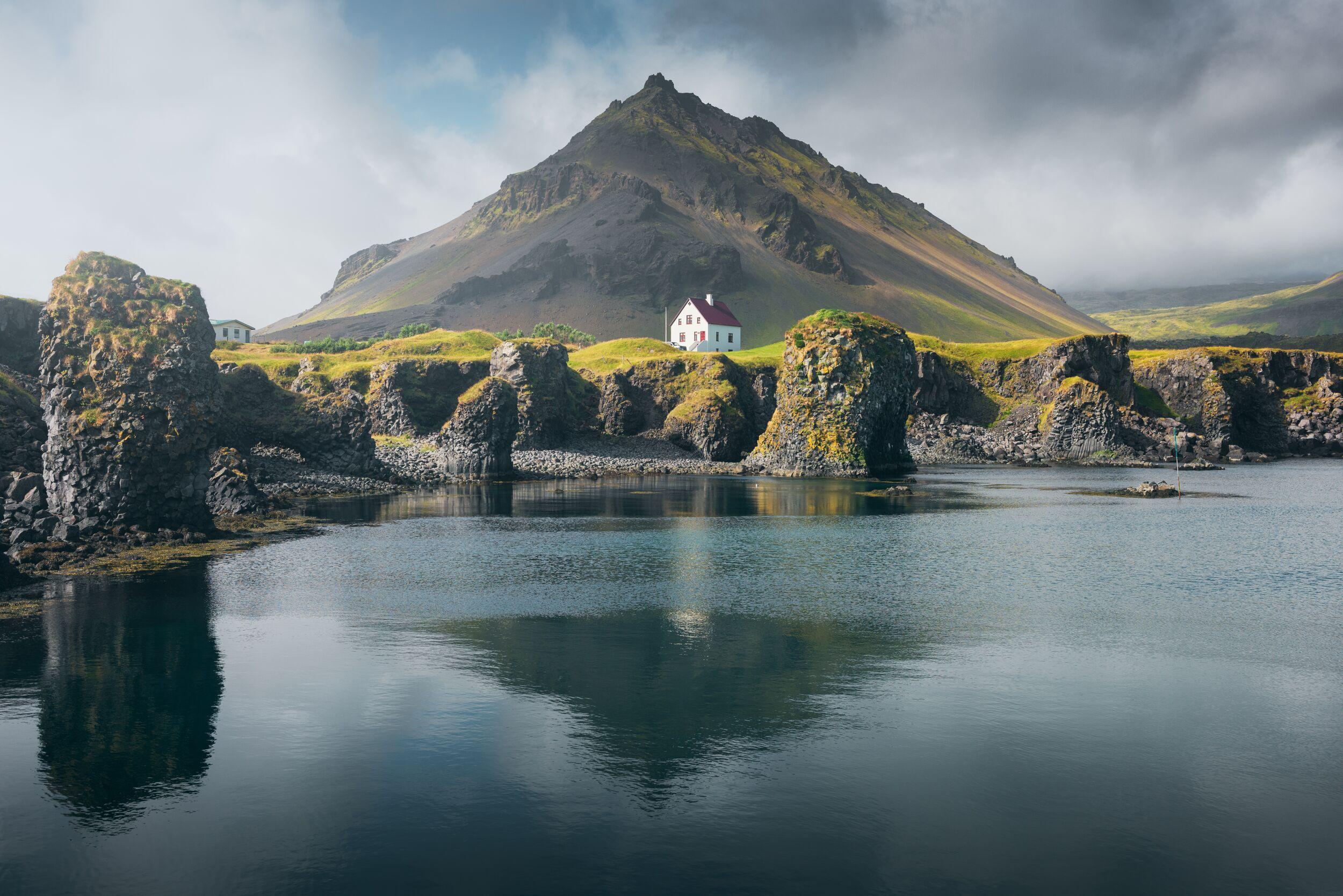Iceland Eclipse 2026: Everything You Need to Know
Table of Contents
- 1Why Iceland is the Best Place to View the 2026 Eclipse
- 2What is a Total Solar Eclipse?
- 3Why Total Eclipses Are Rare and Scientifically Significant
- 4Can I See the Northern Lights During Totality?
- 5Beyond the Eclipse: Enhance Your Trip with Once-in-a-Lifetime Adventures
- 6How to Plan Your 2026 Iceland Eclipse Trip
- 7Questions and Answers about the Total Solar Eclipse in Iceland 2026
You’ve planned this moment for years—two bucket-list dreams coming together: traveling to Iceland and witnessing a total solar eclipse. Now, you stand in this wild landscape, surrounded by volcanoes, waterfalls, and the endless North Atlantic. The air chills as daylight fades, and an eerie stillness settles over the land.
Then, it happens. The sun vanishes behind the moon, leaving only a halo of fire in the darkened sky. You squeeze your partner’s hand, feeling the weight of the moment. Chatter fades into silence—then gasps. A shiver runs through you, goosebumps rising as the world stands still. The land feels like it is holding its breath with you.
Beneath an Icelandic sky, surrounded by nature’s raw power, you feel it—the electrifying wonder of how incredible it is to be here.
Stay Ahead of the Adventure!
Want insider tips, expert planning advice, and exclusive deals before they go live on our website? Get inspired and be the first to know about new tours, special offers, and epic travel experiences—straight to your inbox!
Why Iceland is the Best Place to View the 2026 Eclipse
On August 12, 2026, a total solar eclipse will sweep across the Arctic, Greenland, Iceland, and parts of Spain and Portugal. The path of totality will cover western Iceland, with the country being one of the best places to witness it.
Seeing a total solar eclipse is rare. Seeing it one of the world’s most breathtaking destinations is extraordinary. And if the Northern Lights make an appearance during your trip? That’s the kind of magic most people can only dream of!
Proximity to Maximum Eclipse
Iceland isn’t just in the path of totality—it’s near the point of maximum eclipse. Just off Breiðafjörður Bay, between the Westfjords and Snæfellsnes Peninsula, the moon will completely cover the sun for an impressive 2 minutes and 18 seconds.
That’s over two minutes of pure celestial wonder—the corona glowing in the sky, the temperature dropping, the world around you bathed in an eerie twilight.
The eclipse will also pass over Greenland, Spain, and Portugal, but nowhere else offers this perfect combination of duration, accessibility, and dramatic landscapes. If you want to witness this event at its best, Iceland is the place to be.
The duration of totality will exceed two minutes across a large area of Iceland!
Iceland Eclipse 2026 - Map of Totality
Iceland Eclipse 2026 - Map of Totality
This eclipse map of Iceland highlights the best locations for the 2026 total solar eclipse. The dark blue line marks the eastern limit of totality—everything west of it will experience total darkness, while the rest of Iceland will see only a partial eclipse. For the longest totality, head west. The Westfjords, Snæfellsnes, and Reykjanes Peninsula are prime viewing spots, with the central eclipse line just offshore.
What is a Total Solar Eclipse?
A total solar eclipse is one of nature’s most breathtaking spectacles. For a few fleeting moments, the moon aligns perfectly between the Earth and the sun, completely blocking its light. Day shifts to twilight, shadows sharpen, and a ghostly ring—the sun’s corona—flares into view.
This isn’t just darkness; it’s the umbra, the moon’s deepest shadow, sweeping across the Earth and momentarily transforming the world into something otherworldly. NASA provides a clear illustration of the August 2026 solar eclipse in this GIF animation.
Phases of a Total Solar Eclipse
A total solar eclipse unfolds in several phases, each with its unique features:
1. Partial Eclipse
The event begins as the moon slowly encroaches on the sun, taking what looks like a growing "bite" out of its glowing disk. As the shadow advances, daylight begins to fade, casting a softer, more muted light over the landscape. It’s a subtle but unmistakable shift—the world preparing for the moment of totality.
2: Total Eclipse (Totality)
This is the moment everything builds toward. As the moon fully covers the sun, daylight vanishes, temperatures drop, and an eerie stillness takes over.
Above, the sun’s corona—a glowing halo of wispy white light—emerges, stretching millions of kilometers into space. Normally hidden, it now reveals intricate streamers and loops shaped by the sun’s magnetic fields.
Stars and planets may appear in the darkened sky, making the moment feel otherworldly. For those lucky enough to witness it, totality is an experience that stays with you forever.
The Epic Diamond Ring Effect
Just before totality begins—and again as it ends—the diamond ring effect appears. A final sliver of sunlight shines through a valley on the moon’s surface, creating a dazzling burst of light on one edge of the darkened moon. The result? A brilliant “diamond” set against a glowing ring.
This fleeting moment, often met with gasps from onlookers, is a favorite among eclipse photographers and one of the most breathtaking sights of the entire event.
3: Partial Eclipse (Conclusion)
After the totality phase, the moon begins to move away from the sun, and the partial eclipse resumes. The sky gradually brightens as the sun re-emerges, returning daylight to its full intensity.

The Diamond Ring
This phenomenon occurs when the last (or first) sliver of the sun’s disk is visible through a valley on the moon’s surface, creating a bright point of light, resembling a shining diamond set in a ring.
Solar Eclipse Explained
Watch this National Geographic video for a clear, easy-to-understand breakdown of solar eclipses. There are several types, as the video explains, but the Iceland eclipse 2026 will be the rarest and most breathtaking of them all—a total solar eclipse.
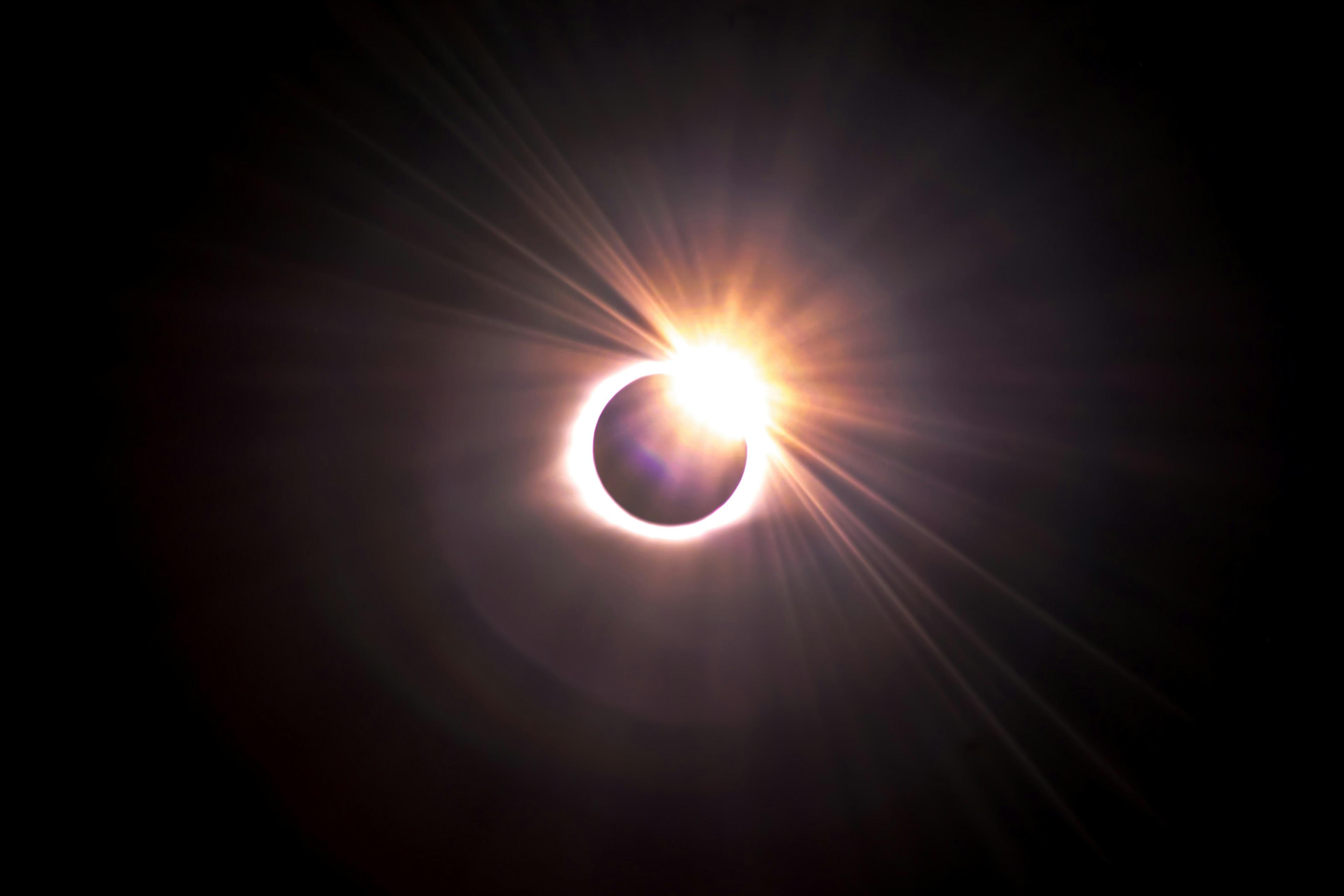
Why Total Eclipses Are Rare and Scientifically Significant
Total solar eclipses occur somewhere on Earth about every 18 months, but the path of totality—the narrow zone where the eclipse is fully visible—covers only a small portion of the planet. As a result, any given location experiences a total eclipse only once every 360 to 410 years on average, and the chance of it occurring in a populated, easily accessible area is even slimmer.
Most eclipses pass over remote oceans or uninhabited regions, making an event like the 2026 Iceland eclipse, in a breathtaking and reachable destination, an exceptionally rare opportunity. After the event in 2026, the next total eclipse visible from Iceland won't occur until 2196.
The 2026 total solar eclipse in Iceland offers a unique opportunity to witness this phenomenon in one of the world’s most breathtaking landscapes!
Can I See the Northern Lights During Totality?
An eclipse is breathtaking on its own, but witnessing it in Iceland’s wild, otherworldly landscapes takes the experience to another level.
It’s not just about the day of the eclipse. Iceland’s landscapes—volcanoes, glaciers, black sand beaches, and roaring waterfalls—will turn this whole experience into far more than an eclipse-watching trip. Watching the total eclipse one day, hiking across a glacier the next, soaking in a geothermal hot spring at sunset, and later that night, witnessing the aurora borealis dance above you.
Two Wonders at Once? Yes!
This eclipse happens just as Northern Lights season begins, offering a rare chance to witness two of Earth’s most breathtaking celestial events in a single trip.
Mid-August brings the return of dark skies, setting the stage for aurora viewing. And while many associate the Northern Lights with deep winter, August can bring some of the most stunning displays. This is because the geomagnetic activity that fuels the aurora is often strongest around the equinox months—meaning late summer can surprise with vivid, fast-moving waves of green, purple, and red.
Stay a week or more after the eclipse, and you could watch the solar corona fade into memory, only to be replaced by the shimmering waves of the aurora borealis.
Few places on Earth offer this kind of cosmic double feature—an unforgettable blend of solar and celestial magic in Iceland’s wild and dramatic landscapes!
August can bring some of the most stunning Northern lights displays: geomagnetic activity that fuels the aurora is often strongest around the equinox months
Iceland Eclipse: Map of Totality
Best Solar Eclipse Viewing Spots in Iceland
When it comes to experiencing the Iceland eclipse in 2026, the island offers several prime locations where you can not only witness the celestial event but also immerse yourself in the country's stunning natural beauty. Each of these spots provides a unique combination of accessibility, landscape, and viewing conditions, making them ideal choices for eclipse watchers
Solar Eclipse Tours in Iceland - Top Picks

- Limited availability!
Iceland Eclipse 2026 Tour – Chasing the Best Conditions for Totality
Experience the Iceland Eclipse 2026 on a carbon-neutral tour! With no fixed route, we’ll chase the best possible viewing conditions within the path of totality based on real-time weather forecast. Witness totality from Iceland’s most epic landscapes! Seats are limited, secure your spot for this once-in-a-lifetime event!
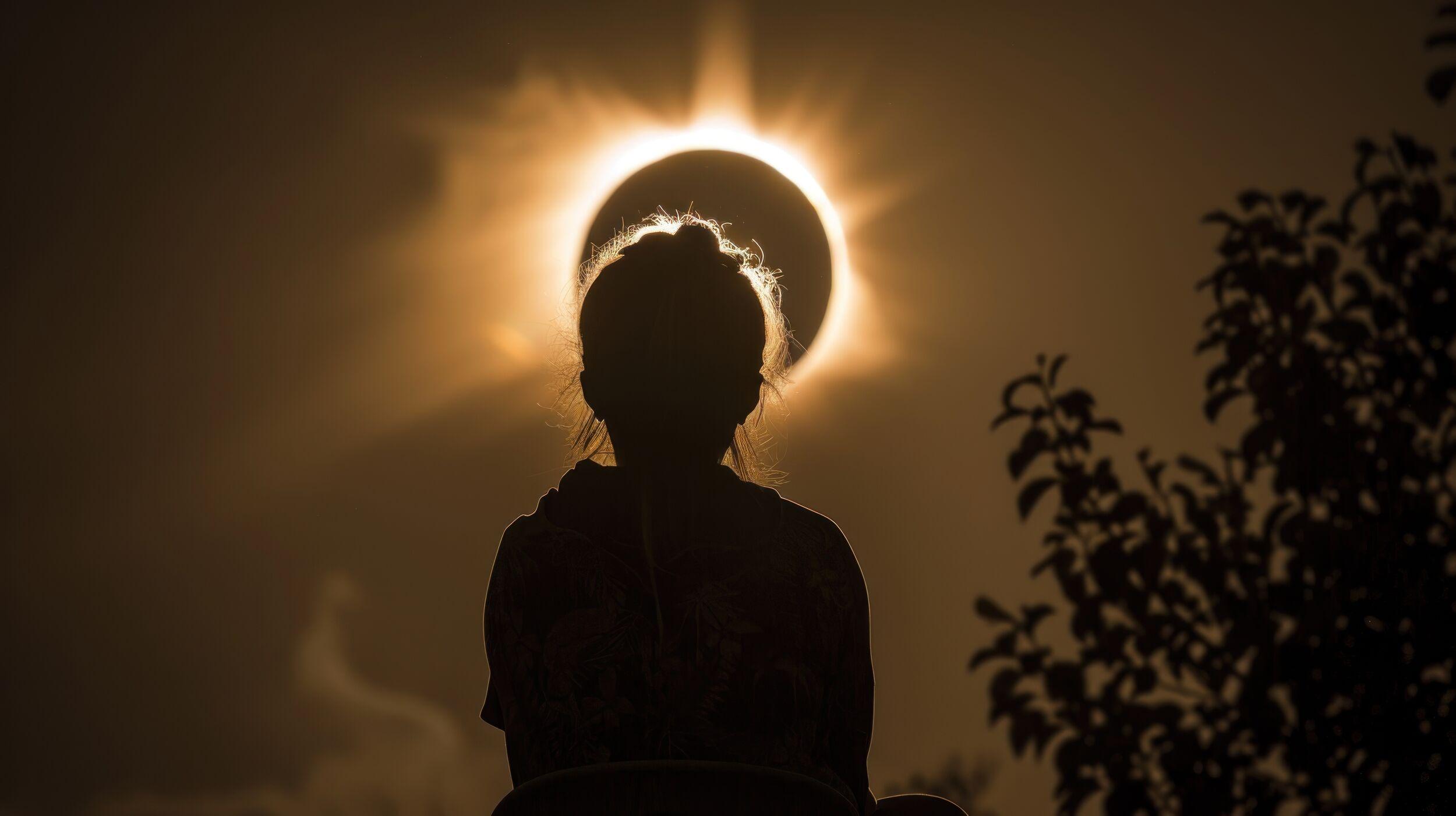
- Limited availability!
Iceland Eclipse 2026 - Superjeep Expedition
The Iceland Eclipse 2026 is a once-in-a-lifetime event—don’t settle for crowded, uninspiring locations. Go off the beaten path on a Superjeep adventure, chasing clear skies to the best viewing spot for nature’s most spectacular show.

- Limited availability!
Iceland Eclipse 2026 Glacier Hike – Summit Snæfellsjökull for Totality
Hike to the peak of Iceland’s most mystical glacier-volcano for an unbeatable view of the Iceland Eclipse 2026. This once-in-a-lifetime tour offers an epic glacier ascent, panoramic views, and a front-row seat to one of nature’s rarest celestial events - above the clouds!

Reykjanes Peninsula
The Reykjanes Peninsula is one of the most accessible locations for viewing the eclipse, thanks to its proximity to Keflavík International Airport and the capital city, Reykjavík. This area is known for its stark, volcanic landscapes and geothermal activity, making it a fascinating place to explore before and after the eclipse.
The peninsula is home to the famous Blue Lagoon, a geothermal spa that offers a relaxing experience in its milky-blue waters surrounded by black lava fields. The ongoing volcanic activity in the region adds an extra layer of intrigue, with the potential to witness the raw power of the Earth’s forces in action.
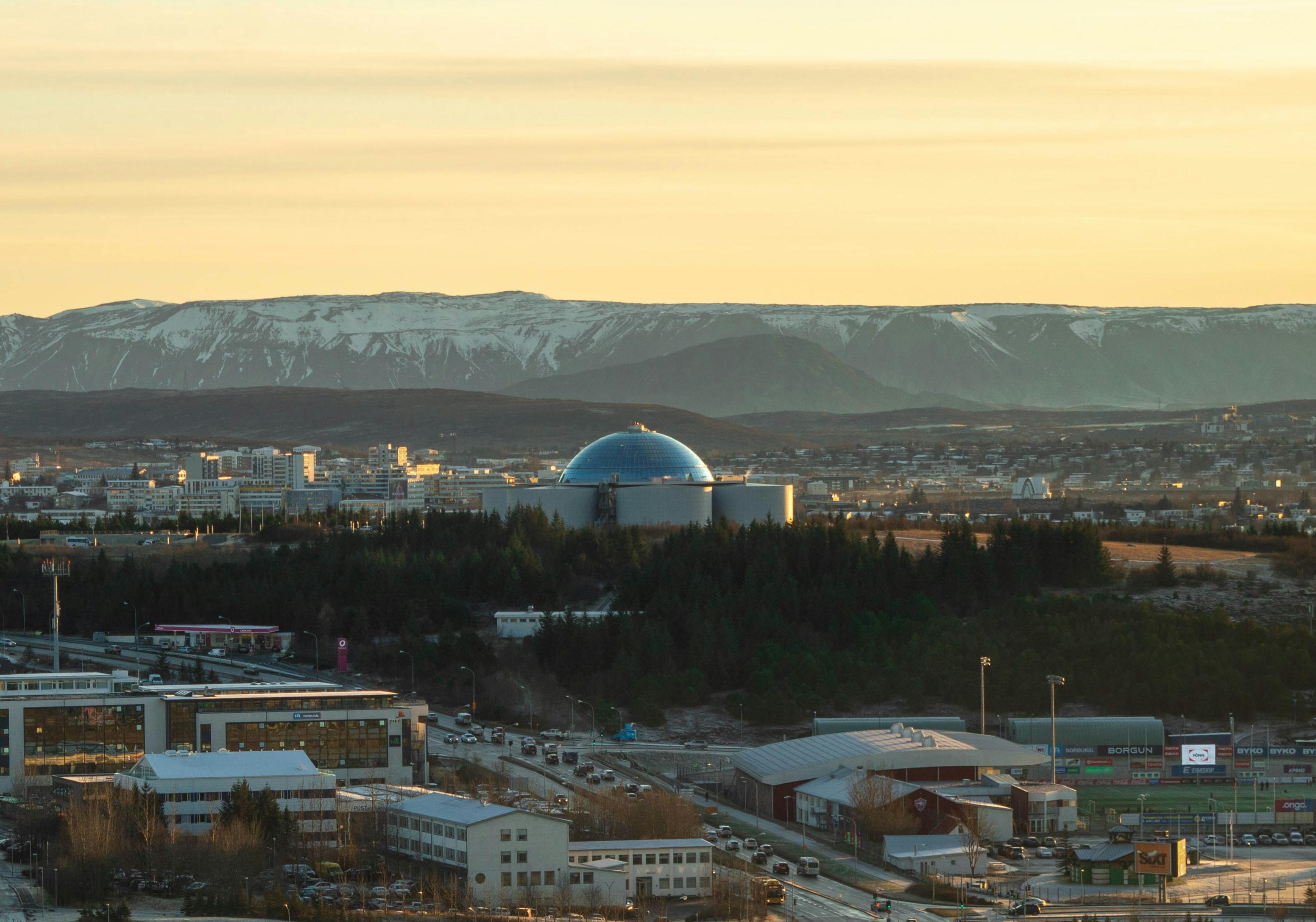
Reykjavík & the Capital Area
Reykjavík, Iceland’s vibrant capital, offers a unique opportunity to view the total solar eclipse while enjoying the cultural and urban amenities of the city. Totality in Reykjavík will begin at 17:48:12 and last for about one minute, providing a brief but spectacular experience right in the heart of the city.
While Reykjavík doesn’t have skyscrapers that could block your view, it’s still important to find an open area, such as a park or a hill, to ensure an unobstructed view to the east. Perlan, a landmark building with a viewing deck that offers panoramic views of the city and surrounding areas, could be an excellent spot for eclipse viewing.
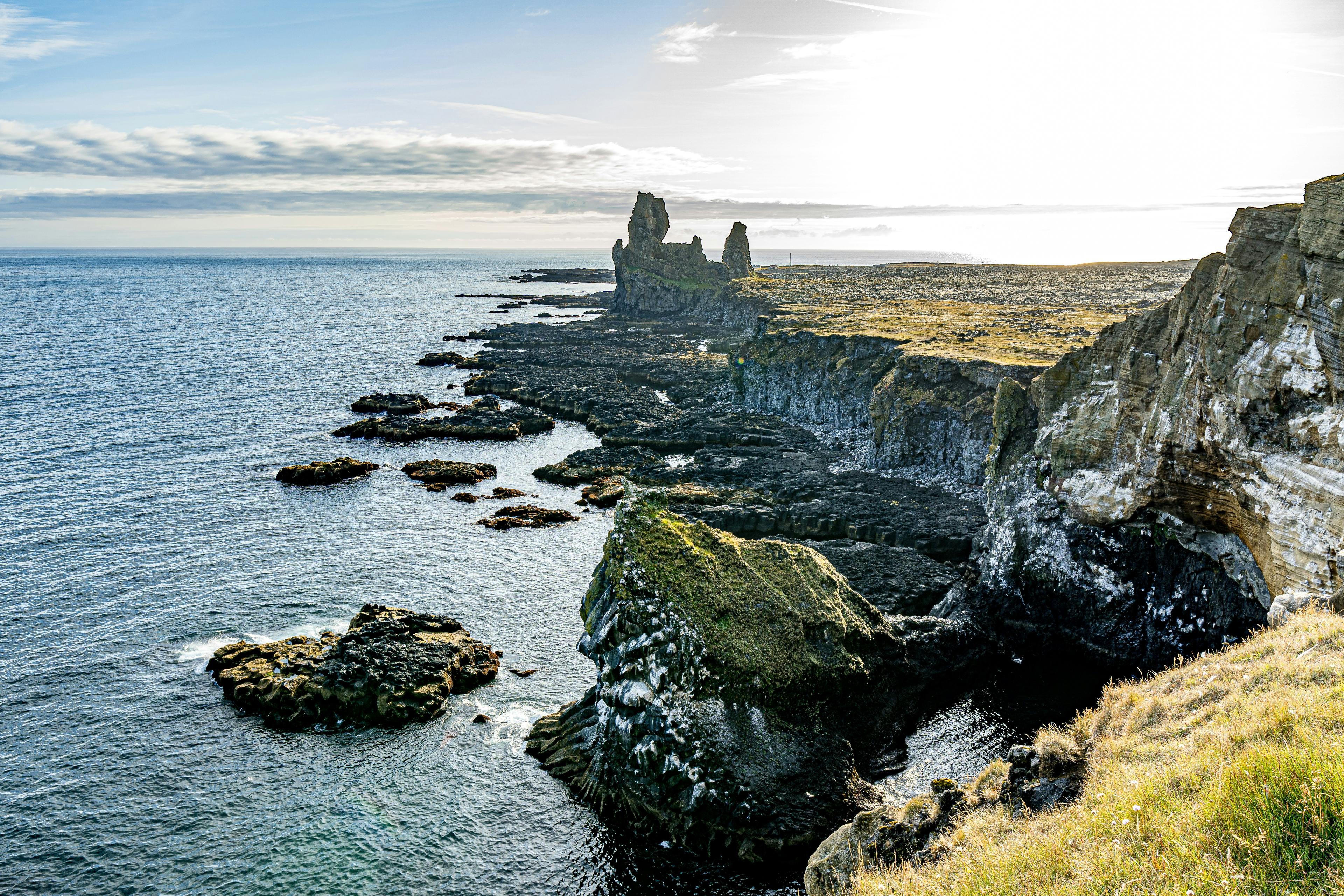
Snaefellsnes Peninsula
Often referred to as "Iceland in Miniature," the Saefellsnes Peninsula is a microcosm of the country’s diverse landscapes. This area is renowned for its scenic beauty, featuring everything from dramatic coastlines and lava fields to picturesque mountains and glaciers.
The Saefellsnes Peninsula is home to the iconic Saefellsjökull Glacier, a snow-capped volcano that is steeped in both geological and literary significance—it was the setting for Jules Verne’s Journey to the Center of the Earth. The peninsula also boasts Mt. Kirkjufell, one of Iceland’s most photographed landmarks, which rises sharply from the surrounding landscape, providing a stunning backdrop for the eclipse.
Watching the eclipse from the Ssefellsnes Peninsula will allow you to experience the event amidst some of Iceland’s most varied and beautiful scenery and this region, stretching further west, offers a bit longer totality period than the capital area and Reykjanes.

The Remote Westfjords
For those seeking the longest totality at a more remote and serene location, the Westfjords offer the best opportunity. This is one of Iceland’s most dramatic and least-visited regions, known for their towering cliffs, deep fjords, and sparse population, providing a sense of isolation and connection with nature that is hard to find elsewhere.
In the area near Látrabjarg, the westernmost point of the country, the totality will last for over two minutes. This makes the region one of the best spots for an unobstructed and prolonged view of the eclipse.
In addition to the eclipse, the Westfjords offer countless opportunities for adventure, including hiking, bird watching, and exploring the dramatic coastal landscapes. The region’s remoteness means that you’ll likely have plenty of space to yourself, making for a peaceful and intimate eclipse experience.
Beyond the Eclipse: Enhance Your Trip with Once-in-a-Lifetime Adventures
The eclipse is just the beginning!
Glaciers, geysers, volcanoes, and waterfalls collide in a landscape so dramatic, it feels almost otherworldly. Towering ice caps stretch across active volcanoes, their frozen surfaces hiding fiery power beneath.
Steam rises from the earth, hissing from cracks in ancient lava fields and geysers erupt in sudden, explosive bursts, a reminder that the land itself is alive. Waterfalls thunder down sheer cliffs, carving their way through black volcanic rock, their mist catching the light in fleeting rainbows.
The coastline is just as untamed. Cliffs drop sharply into the Atlantic, where waves crash against jagged sea stacks, sculpted by relentless wind and time. Puffins nest on dizzying ledges, and the black sands stretch toward basalt columns standing like sentinels against the sea.
Stay for a week or more, and as August nights grow darker, another spectacle begins—the return of the Northern Lights. As if the universe itself is extending the show, waves of green and violet will ripple across the sky, completing a celestial double feature.
For those lucky enough to be here, Iceland will offer more than just a front-row seat to the eclipse. It will be a journey into a land where the forces of nature collide, where the earth shifts beneath you, and where the sky itself becomes part of the adventure.
This is a place where the elements meet in their purest form—where fire and ice shape the land, where water carves through stone, and where the earth itself shifts and breathes beneath your feet.
How to Plan Your 2026 Iceland Eclipse Trip
The 2026 Iceland solar eclipse is a once-in-a-lifetime event - and by now, everyone knows it. With peak summer season, limited accommodations, and high demand for guided eclipse tours, early planning is essential.
Here’s what you need to know to secure your trip:
1. Book Your Accommodation ASAP
Iceland is a small country with limited hotel capacity, especially in the prime viewing areas. Many places are already filling up, and prices will only rise as the eclipse approaches. Secure your stay now—even if your plans change later, you can cancel or adjust as needed.
2. Reserve Your Guided Eclipse Tour
A guided eclipse tour ensures expert insights, access to the best viewing spots, and backup plans in case of cloud coverage. Seats are booking up fast, so grab your spot now while you still can. We offer flexible cancellation policies, so you won’t be locked in if your plans change.
3. Plan Your Transportation
Rental cars are in high demand during the summer months, and options can be scarce. If you plan to drive yourself, book early to secure a vehicle. Alternatively, consider guided tours that include transportation, saving you the hassle of navigating busy roads.
4. Pack for Icelandic Weather
Even in August, Iceland’s weather is quite chilly. Bring layers, waterproof gear, and warm clothing—you may need them even in summer.
5. Make the Most of Your Trip
Beyond the eclipse, Iceland offers incredible natural wonders. Take advantage of your visit by exploring glaciers, waterfalls, geysers, and volcanoes. If you stay into late August, you might even catch the first glimpses of the Northern Lights.
Don't Wait—Book Now!
With limited availability and growing demand, waiting could mean missing out. Book your accommodations, secure your eclipse tour, and finalize your travel plans now. You can always adjust later, but securing your spot ensures you won’t be left scrambling as the eclipse date nears.
Questions and Answers about the Total Solar Eclipse in Iceland 2026
A total solar eclipse occurs when the moon passes directly between the Earth and the sun, completely covering the sun's disk and momentarily turning day into night.
The next total solar eclipse in Iceland will occur on August 12, 2026.
The last total solar eclipse visible in Iceland occurred on March 20, 2015. During this event, Iceland experienced a nearly complete eclipse, with up to 99% of the Sun obscured in some areas.
Yes, you can see the total eclipse in Iceland on August 12, 2026. The path of totality will pass over parts of Iceland, offering an excellent view of the event.
The duration of totality in Iceland during the 2026 eclipse will vary by location, with the longest lasting approximately 2 minutes and 18 seconds.
Total solar eclipses are relatively rare for any specific location on Earth, occurring approximately once every 360 to 410 years. However, a total solar eclipse happens somewhere on Earth approximately every 18 months.
It is safe to look at the total solar eclipse during the brief period of totality when the moon completely covers the sun. However, during the partial phases before and after totality, you must use proper solar viewing glasses or a solar filter to protect your eyes. Never look directly at the sun without protection, except during totality.
Iceland is near the point of maximum eclipse, offering one of the longest durations of totality and stunning natural landscapes that enhance the viewing experience.
Some of the top locations include the Westfjords, the Snæfellsnes Peninsula, the Reykjanes Peninsula, and Reykjavík.
During the eclipse, the sky will darken, temperatures may drop, and the sun's corona will become visible, creating a breathtaking spectacle.
Along with the eclipse, mid-August in Iceland marks the beginning of the Northern Lights season, offering a chance to see both phenomena in one trip.
Plan early to secure accommodation and travel arrangements, as the event is expected to attract many visitors. Also, ensure you have appropriate eclipse viewing equipment.
The total solar eclipse on August 12, 2026, will be visible across western Iceland. The path of totality will pass over key regions such as the Westfjords, Snæfellsnes Peninsula, and Reykjanes Peninsula, before moving southward toward Spain and Portugal. Reykjavik, while outside the path of totality, will still experience a significant partial eclipse.
Since the eclipse occurs during peak tourist season, accommodations are already in high demand. To be in the path of totality, consider staying in:
- Westfjords – Offers remote, stunning landscapes and a longer duration of totality.
- Snæfellsnes Peninsula – A dramatic coastal region with good access and scenic viewpoints.
- Reykjanes Peninsula – Closer to Keflavík Airport and easy to reach from Reykjavik.
Book early, as hotels and guesthouses in these areas are filling up fast. Many accommodations offer flexible cancellation policies, so securing a place now is highly recommended.
Iceland's Westfjords and Snæfellsnes Peninsula will offer some of the longest durations of totality, combined with breathtaking landscapes that enhance the experience. Reykjanes Peninsula is another strong option, especially for those wanting a more accessible location.
For the best viewing conditions, choose a spot with a wide, unobstructed view of the sky. Given Iceland’s unpredictable weather, staying mobile and having backup locations in different regions will increase your chances of clear skies.
The Westfjords and Snæfellsnes Peninsula are among the top locations due to their position within the path of totality and their scenic landscapes.Selecting a spot with an unobstructed horizon will enhance the viewing experience.
Yes, a total solar eclipse is scheduled for August 12, 2026, with Iceland being one of the prime locations to witness this event.
The total solar eclipse on August 2, 2027, will be visible across parts of the Eastern Hemisphere.The path of totality will pass through countries including Spain, Morocco, Algeria, Tunisia, Libya, Egypt, Saudi Arabia, Yemen, and Somalia.Notably, cities like Luxor in Egypt will experience one of the longest durations of totality.
In 2026, the total solar eclipse on August 12 will be visible in parts of Europe, notably in Iceland and northern Spain.These regions will experience totality, while other parts of Europe will witness a partial eclipse.
Related Articles
See all articlesRecommended tours

- Limited availability!
Iceland Eclipse 2026 - Superjeep Expedition
The Iceland Eclipse 2026 is a once-in-a-lifetime event—don’t settle for crowded, uninspiring locations. Go off the beaten path on a Superjeep adventure, chasing clear skies to the best viewing spot for nature’s most spectacular show.

- Limited availability!
Iceland Eclipse 2026 Glacier Hike – Summit Snæfellsjökull for Totality
Hike to the peak of Iceland’s most mystical glacier-volcano for an unbeatable view of the Iceland Eclipse 2026. This once-in-a-lifetime tour offers an epic glacier ascent, panoramic views, and a front-row seat to one of nature’s rarest celestial events - above the clouds!

- Limited availability!
Iceland Eclipse 2026 Tour – Chasing the Best Conditions for Totality
Experience the Iceland Eclipse 2026 on a carbon-neutral tour! With no fixed route, we’ll chase the best possible viewing conditions within the path of totality based on real-time weather forecast. Witness totality from Iceland’s most epic landscapes! Seats are limited, secure your spot for this once-in-a-lifetime event!
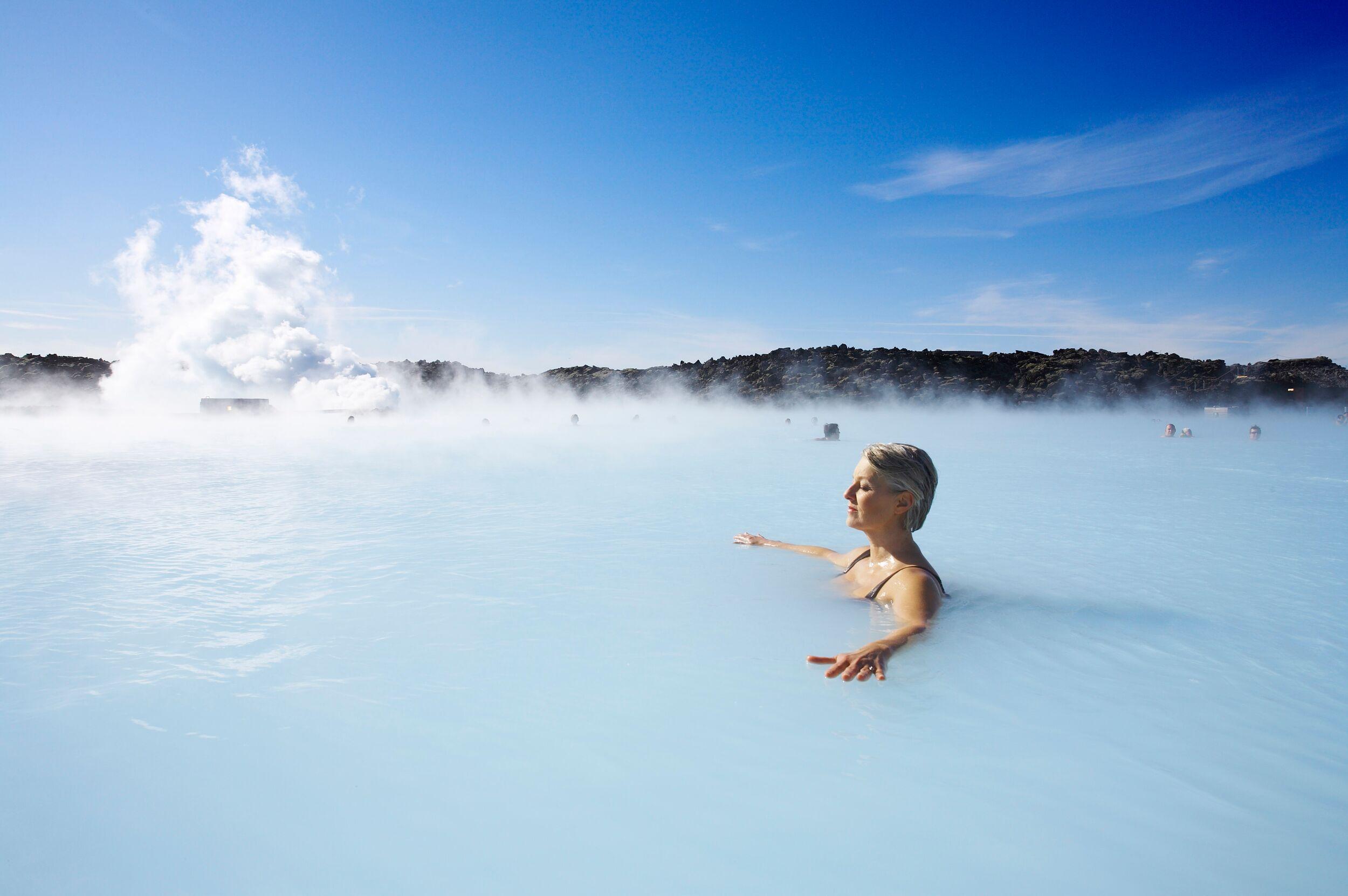
- Best seller
- Popular
Blue Lagoon & Northern Lights
Enjoy a perfect winter day in Iceland! Experience the best of Iceland with this package of two of the island’s most popular tours in one day! Soak in the milky blue healing water of the Blue Lagoon, which is one of Iceland's most famous tourist attractions and is considered by many to be a once-in-a-lifetime experience and an unmissable part of a visit to Iceland. After your return to Reykjavík, a guide will lead you on a search for the elusive northern lights! Watching the lights dance and flicker in the sky, changing shape and colour, is incredible. Prepare to be dazzled!
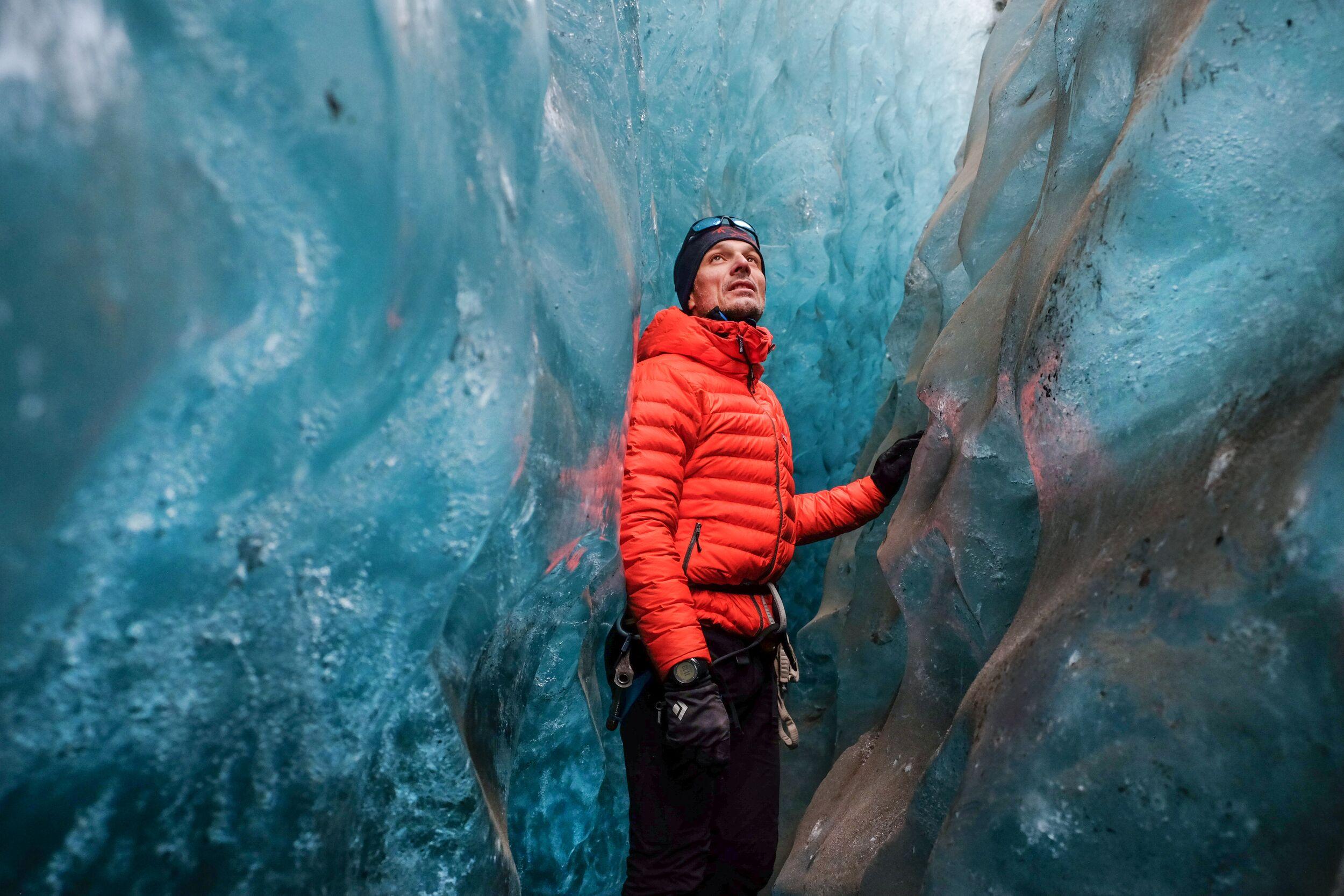
Skaftafell Ice Cave - Only the Brave
Looking for a challenge with a fantastic reward? On this active day tour, you will experience a natural ice cave, one of the most iconic and picturesque features of the glacial landscape. As is often the case, the most beautiful places can be difficult to access, but it is absolutely worth it if you are physically up for it. Expect a challenging tour with about 4.5 hours spent on the ice.
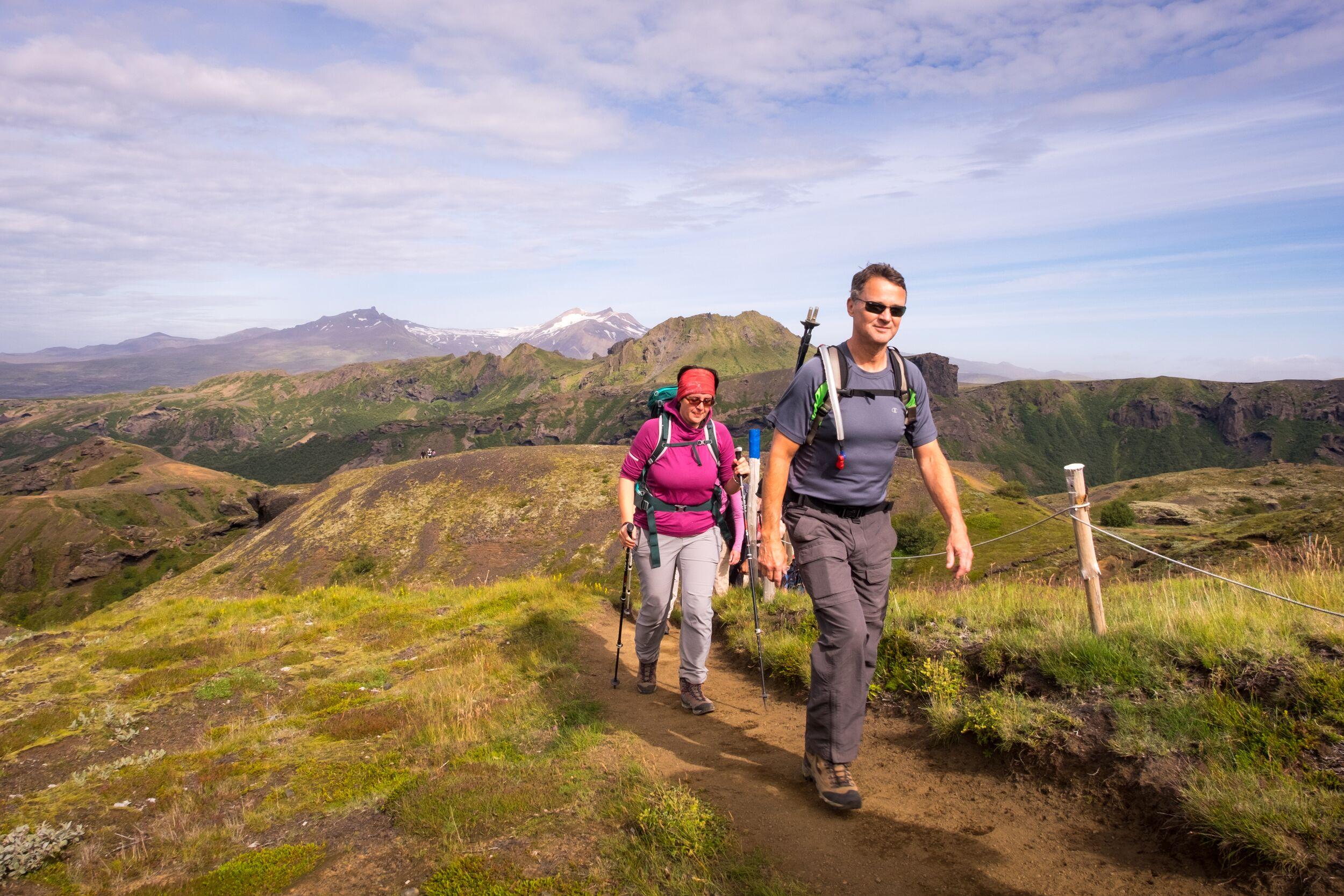
Day Hike over Fimmvörðuháls
Want to experience a slice of the highlands but don’t have the time for a multi-day hike? Book this guided day tour over the spectacular Fimmvörðuháls pass! A professionally trained guide will lead you on this trail, named one of the Best Hikes in the World by National Geographic. Expect a demanding 10-hour hike where you will see fantastic glacier views, volcanic craters, vast canyons and impressive waterfalls. The 22-kilometre hike is available July-August; participants must be at least 12 years old and up for a challenging hike.


